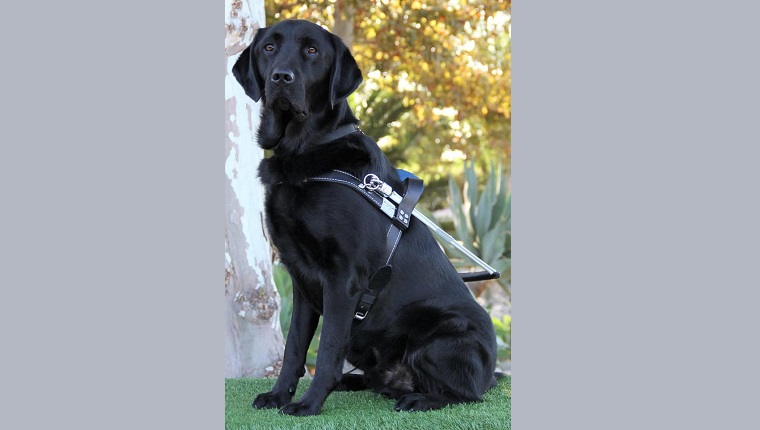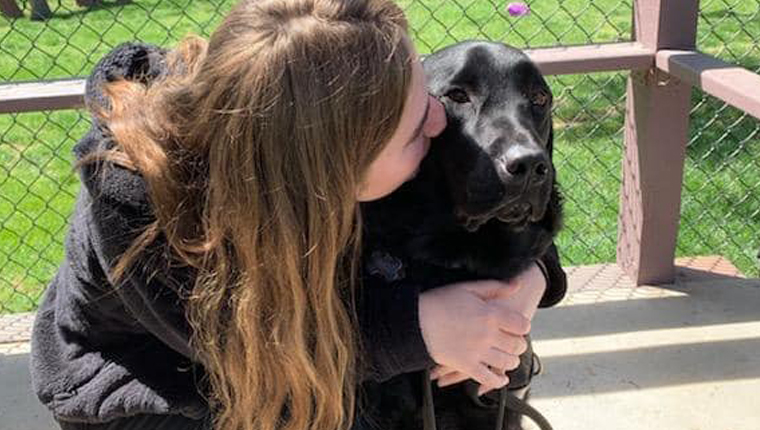
You may have already heard of Guide Dogs of America and the work they do. Headquartered in Sylmar, California, their main purpose is to place highly trained guide dogs into the homes of people who are blind or visually impaired…


You may have already heard of Guide Dogs of America and the work they do. Headquartered in Sylmar, California, their main purpose is to place highly trained guide dogs into the homes of people who are blind or visually impaired…


